Insulating a ceiling is a multi step process requiring the right tools to complete the basement finishing project.
In our basement ceiling project, we went out and purchased foam board and pink fiberglass insulation. A couple other tools you will need will be: Spray foam, Furring Strips, A powder set gun, foam board adhesive, insulation tape, and acoustical caulk.
First step is to make sure the area is clean and free of debris. Next you will measure out where you want the furring strips to go and make sure there are no large gaps for the insulation. This basement finishing is going to include the ability to be soundproof from the outside.
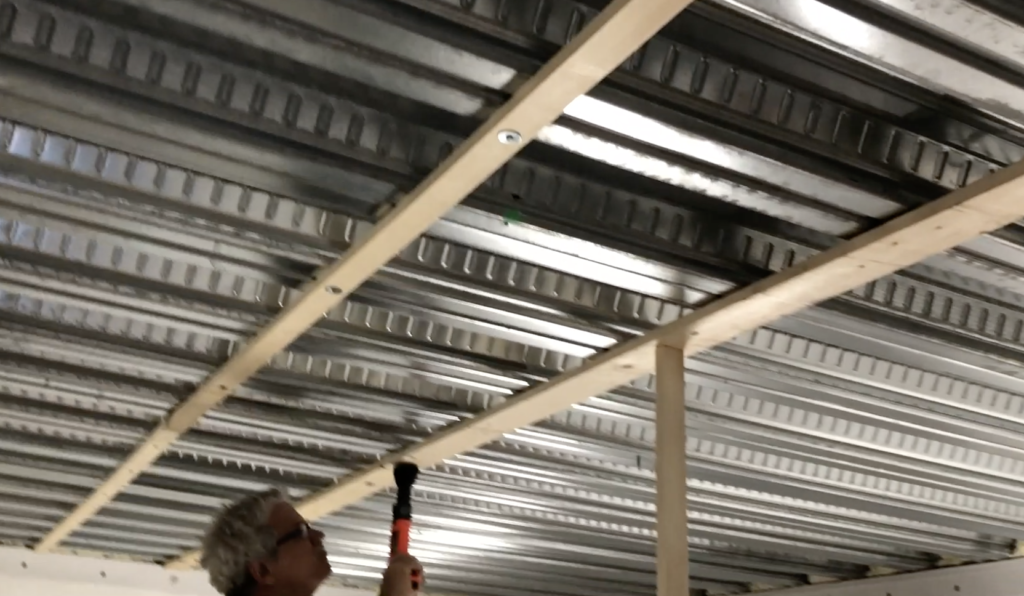
Cut six to eight pieces of furring strips. Drill holes in the furring strips to fit the screws through. Place the double-sided tape over the hole and glue it to the studs with masking tape. Caulk the seams of the wall and the bottom of the joist.
You can also use a powder set gun instead of drilling holes into the furring strips.
This is the method we went with but either way works. After that, you will take the pink fiberglass insulation and start to insulate the ceiling. Next you will want to take the spray foam and fill the cracks or holes around the edges of the ceiling and walls. This spray foam will harden and become another layer of sound deadening.
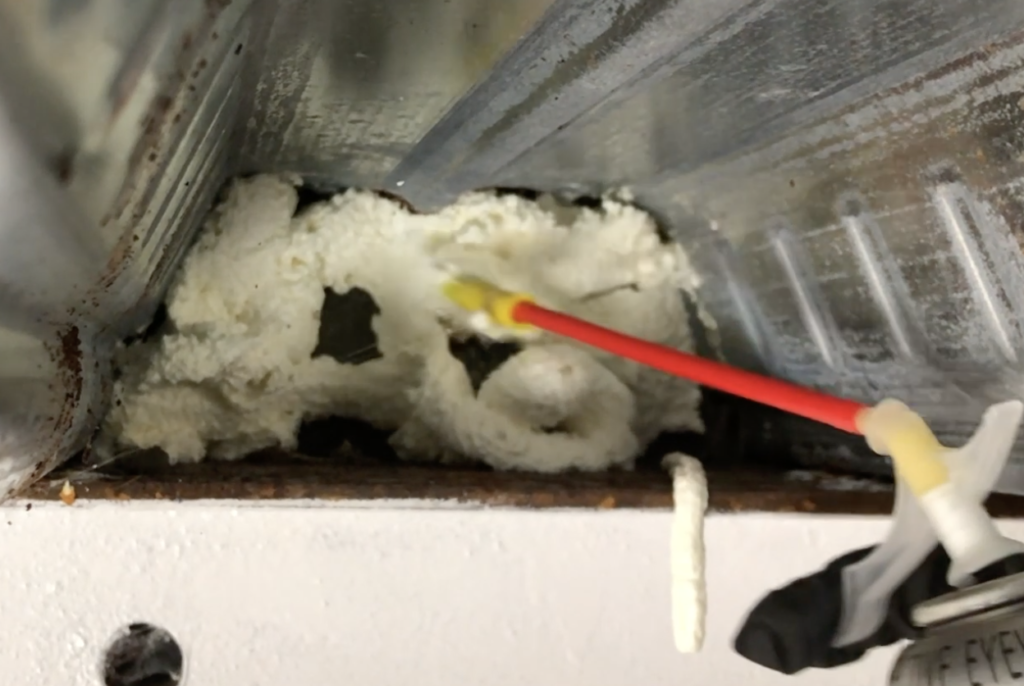
To reduce noise transfer through the walls, you have to: Add extra insulation between the studs and the sheetrock. Use rigid insulation in between the studs. Treat the sheetrock as a dampener. Caulk the sheetrock between the sheetrock and the wall. Caulk the seams of drywall and the seams of foam board.
The ceiling above the Basement Ceiling should be treated as a Dry Ceiling.
Dry ceiling means it has no added mass. Adding mass to the ceiling makes it more rigid and adds stress to its rafters and joists. When moisture seeps into the ceiling, it expands. When moisture dries, it contracts.
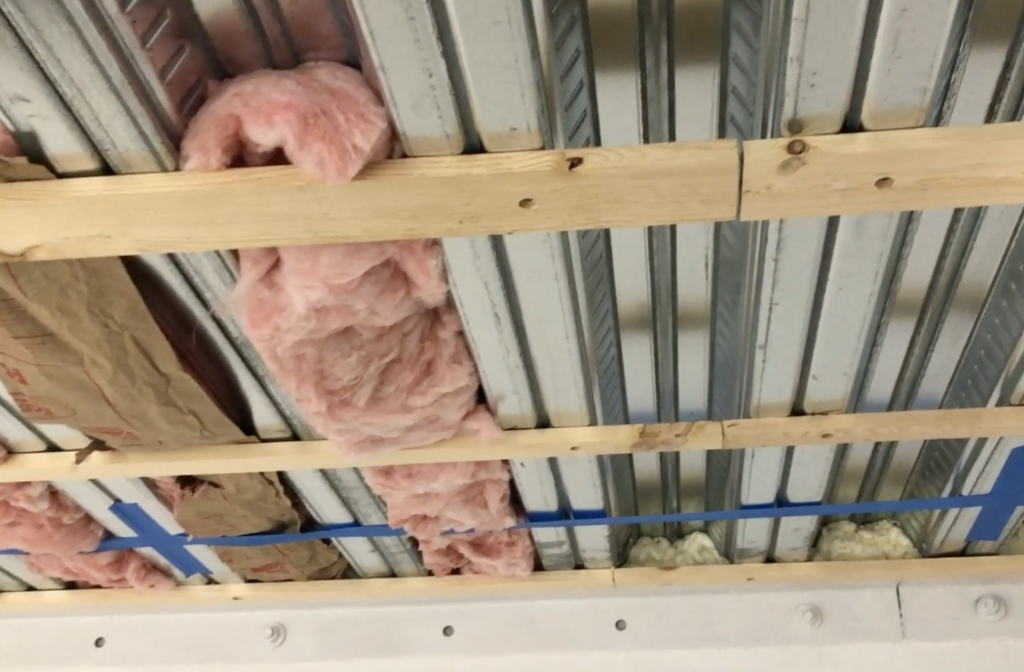
There are four main types of R-values for Foam Board. The R-value tells you the amount of sound the material can hold. The lower the R-value, the smaller the sound a material can hold. The thickness and length of the strips and sheets also determine the R-value. The best way to calculate the R-value is the summation of all the foams and the length of the strips or sheets.
After you have got all the pink fiberglass insulation up and then sealed it in with the foam boards, tape the edges with the Insulation tape. This will finish out the ceiling build. Any next steps you take will be getting designer tiles or some ceiling pattern that you want that will go over the foam boards.
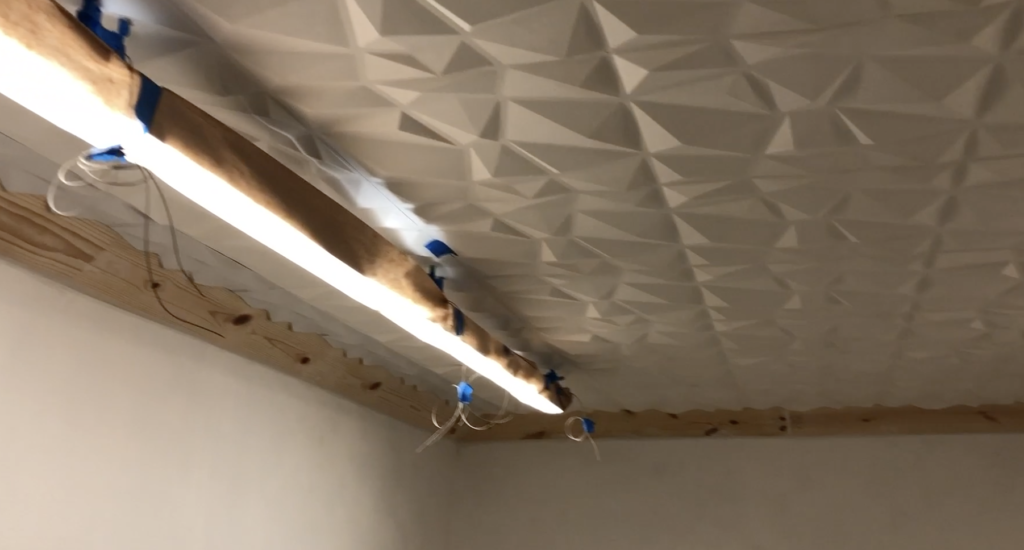
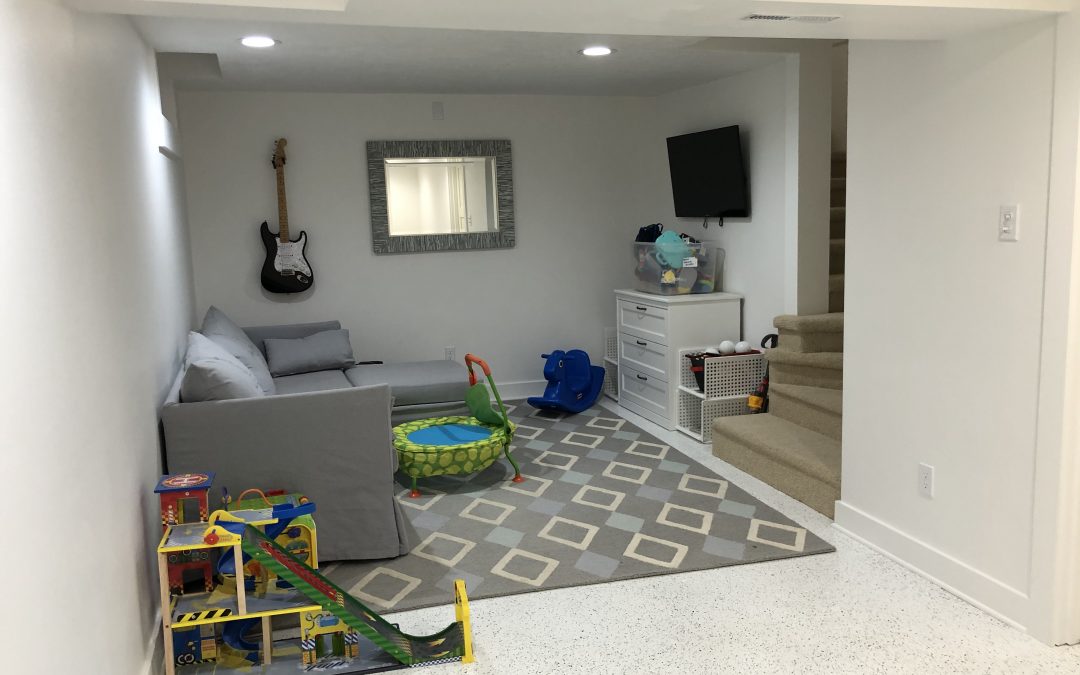
Recent Comments